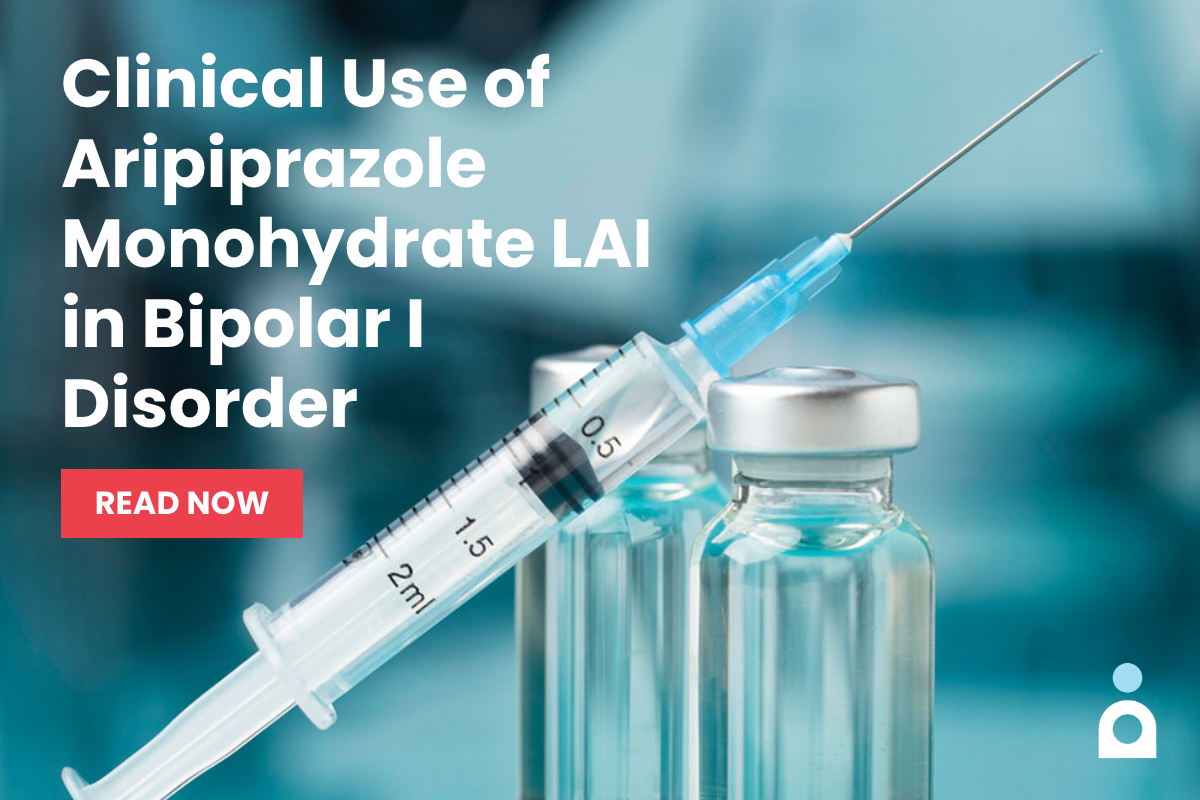Objective: The heterogeneity of depression in the current classification system remains a point of discussion in the psychiatric field, despite previous efforts to subclassify depressive disorders. Data-driven techniques may help to come to a more empirically based classification. This study aimed to identify depressive subtypes within a large cohort of subjects with depression.
Method: Baseline data from 818 persons with a DSM-IV diagnosis of current major depressive disorder or minor depression who participated in the Netherlands Study of Depression and Anxiety were used. Respondents were recruited in the community, in primary care, and in specialized mental health care from September 2004 through February 2007. Latent classes were derived from latent class analysis using 16 depressive symptoms from the Composite International Diagnostic Interview and the Inventory of Depressive Symptomatology. Classes were characterized using demographic, clinical psychiatric, psychosocial, and physical health descriptors.
Results: Three classes were identified: a severe melancholic class (prevalence, 46.3%), a severe atypical class (prevalence, 24.6%), and a class of moderate severity (prevalence, 29.1%). Both severe classes were characterized by more neuroticism (melancholic OR = 1.05 [95% CI, 1.01-1.10]; atypical OR = 1.07 [95% CI, 1.03-1.12]), more disability (melancholic OR = 1.07 [95% CI, 1.05-1.09]; atypical OR = 1.06 [95% CI, 1.04-1.07]), and less extraversion (melancholic OR = 0.95 [95% CI, 0.92-0.99]; atypical OR = 0.95 [95% CI, 0.92-0.99]) than the moderate class. Comparing the melancholic class with the atypical class revealed that the melancholic class had more smokers (atypical OR = 0.57 [95% CI, 0.39-0.84]) and more childhood trauma (atypical OR = 0.86 [95% CI, 0.74-1.00]), whereas the atypical class had more women (atypical OR = 1.52 [95% CI, 0.99-2.32]), a higher body mass index (atypical OR = 1.13 [95% CI, 1.09-1.17]), and more metabolic syndrome (atypical OR = 2.17 [95% CI, 1.38-3.42]).
Conclusions: Both depression severity (moderate vs severe) and the nature of depressive symptoms (melancholic vs atypical) were found to be important differentiators between subtypes. Higher endorsement rates of somatic symptoms and more metabolic syndrome in the atypical class suggest the involvement of a metabolic component.
J Clin Psychiatry
Submitted: May 28, 2009; accepted July 14, 2009.
Online ahead of print: July 13, 2010 (doi:10.4088/JCP.09m05398blu).
Corresponding author: Femke Lamers, PhD, Department of Psychiatry, VU University Medical Center Amsterdam, AJ Ernststraat 887, 1081 HL, Amsterdam, The Netherlands ([email protected]).
Please sign in or purchase this PDF for $40.00.




